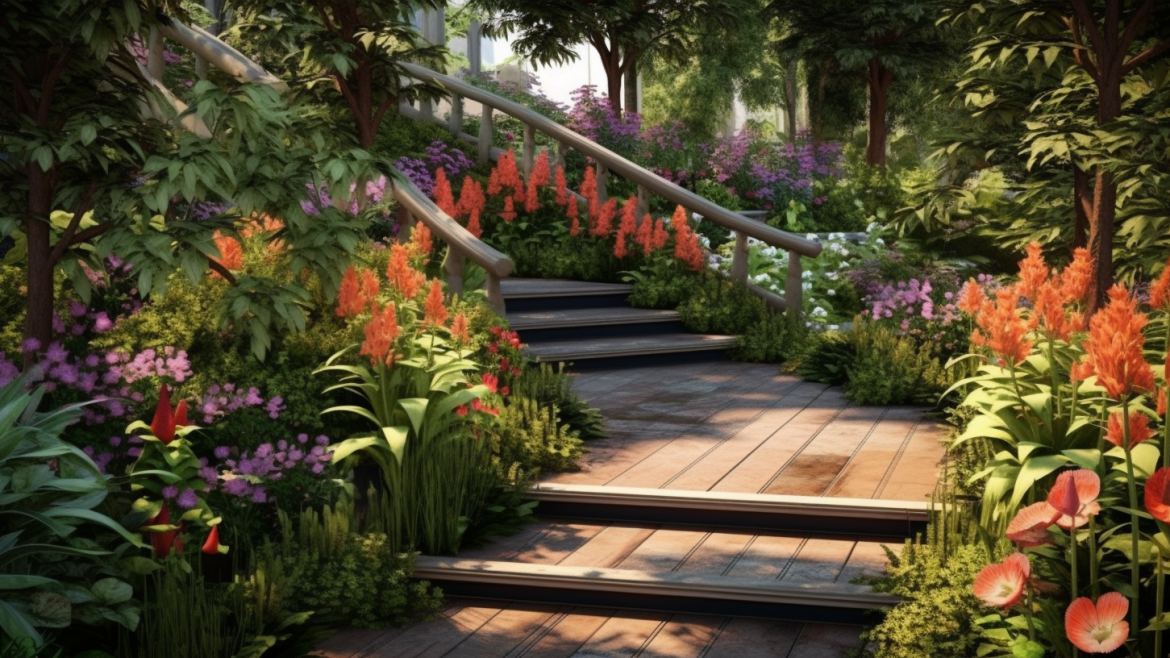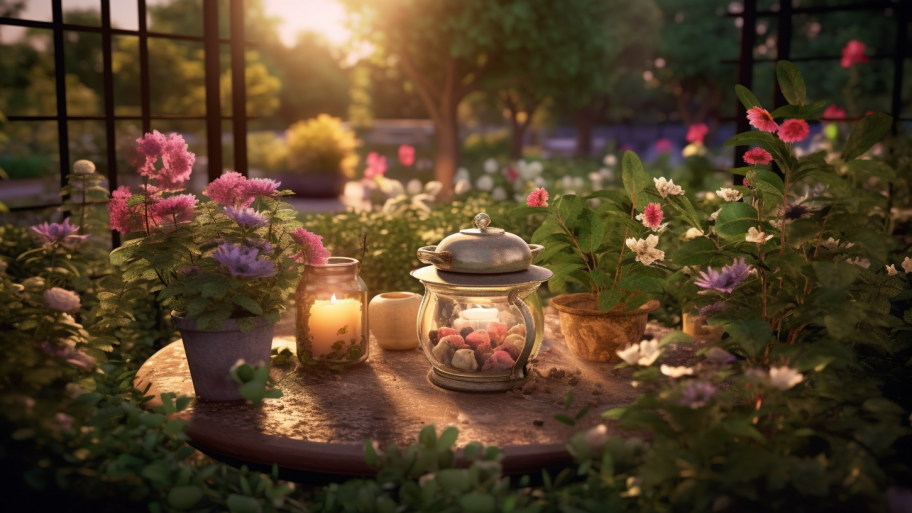Every garden, whether it’s a small collection of potted herbs on a balcony or a vast expanse of thriving flower beds, has a secret. The garden’s magic doesn’t lie solely in the vibrant colors, intoxicating fragrances, or the calming rustle of leaves in the breeze. Rather, it’s hidden in the silent, healing dialogue that ensues between humans and the earth, a conversation that has been proven to be therapeutic.
The Science of Healing: Understanding the Benefits of Gardening
When we delve our hands into the soil to plant a seed, we’re not just engaging in a physical activity; we’re partaking in a therapeutic process. This connection to the earth isn’t just poetic; it’s scientific. Studies indicate that contact with a common soil bacterium, Mycobacterium vaccae, can increase the release of serotonin in our brains. Serotonin is a natural mood stabilizer that helps with sleeping, eating, and digestion. It also helps reduce depression, anxiety, and regulates our mood.
Beyond the interaction with soil, the act of gardening itself can trigger the release of endorphins, the body’s natural feel-good chemicals. This process, often referred to as “the exercise high,” can be achieved through the physical activity of gardening. The combination of physical activity, exposure to sunlight, and interaction with nature creates a potent blend that promotes mental well-being.
Stories of Soil and Soul: Gardening Healing in Action
The power of gardening therapy becomes even more evident when we hear the stories of individuals whose lives have been transformed by it. Take, for instance, the story of Emma Campbell, a middle-aged woman battling depression. Emma found solace in her garden, a place where she could focus on the cycle of life, growth, and decay. Nurturing her plants gave her a sense of purpose, and in their growth, she found hope.
Then, there is the story of a group of war veterans who battled post-traumatic stress disorder (PTSD). They discovered a renewed sense of peace in the process of growing a community garden. The act of nurturing other life forms helped them focus on the present moment, fostering mindfulness and mitigating the effects of their traumas.
Therapeutic Gardening: Various Pathways to Healing
The field of therapeutic gardening is broad and inclusive, encompassing several practices. Horticultural therapy, for example, is a professional practice where therapists use plants and gardening to improve mental and physical health. Another practice includes sensory gardens, designed to stimulate all five senses. These are especially beneficial for people with mental health issues or developmental disabilities, providing a form of stimulation that’s gentle yet engaging.
Experts Weigh In: The Therapist’s Perspective on Gardening
As the recognition of the therapeutic benefits of gardening grows, professionals in the mental health field have begun to incorporate it into their practice. Dr. Sue Stuart-Smith, a renowned psychiatrist and psychotherapist, and author of ‘The Well Gardened Mind,’ considers gardening a form of unconscious healing. She explains, “The repetitive activities involved in gardening give people a ‘breathing space’ for their minds, providing a balance of focus and mind-wandering, which contributes to solving problems and creative thinking.”
History Repeats Itself: The Ancient Roots of Therapeutic Gardening
Historically, gardens have always been places of healing. From the ancient Persian ‘paradise gardens,’ designed as a symbol of an ideal, fertile land, to the Zen gardens of Japan, created to inspire meditation, gardens have long been recognized for their restorative effects.
Trendspotting: Gardening in the Age of Mindfulness
Gardening fits beautifully into the modern mindfulness movement. In an era where we’re increasingly disconnected from nature, gardening brings us back to our roots, quite literally. As a slow, intentional activity, gardening encourages us to exist in the present moment. The process of planting, watering, waiting, and eventually seeing a plant grow and bloom is a lesson in patience, a value often lost in our fast-paced world.
Fighting the Thorny Issues: Overcoming Gardening Challenges
Gardening, while largely beneficial, does have its challenges. Pests, inclement weather, or simply the frustration of a plant failing to thrive can test a gardener’s patience. However, these challenges also offer opportunities for personal growth. Overcoming them can foster resilience, problem-solving skills, and patience, further contributing to mental well-being.
For instance, when a plant dies, it can stir feelings of disappointment and failure. However, it can also serve as a life lesson about accepting things that are out of our control, helping us cultivate resilience in the face of adversity. Similarly, the challenge of pests can teach us about balance and coexistence in the ecosystem, reminding us that we share our world with a myriad of other creatures.
The Cycle of Life: Promoting Growth in the Garden and the Mind
Successful gardening requires a delicate balance of factors: the right amount of sunlight, water, and nutrients, proper soil pH, and timely pruning. All of these elements combine to ensure the growth and longevity of your plants.
The same concept applies to our mental health. We need a balanced diet of positive interactions, physical activity, good nutrition, and adequate rest to flourish. Pruning a plant—cutting away the dead or overgrown parts to promote new growth—serves as a metaphor for letting go of negative thoughts and making room for positivity in our minds.
To our minds, the garden extends an open invitation for therapy. The acts of planting, nurturing, pruning, and harvesting echo the processes of growth, healing, and renewal that we strive for in our personal lives. This correlation is no coincidence. As we cultivate our gardens, we are, in a sense, cultivating ourselves.
As we conclude this exploration of the garden’s therapeutic magic, we step forward into the practical aspects of creating a garden that caters to our mental well-being. This journey continues in our next piece, “Sanctuary of Solace: Creating a Garden for Mental Harmony.” In it, we’ll delve into the elements that make a garden a haven for the mind, revealing how to create a green space that nurtures both your plants and your mental health.




